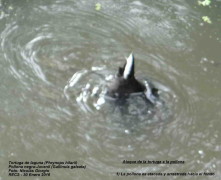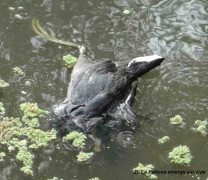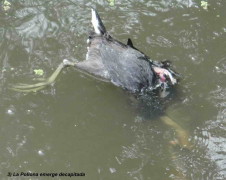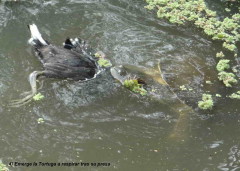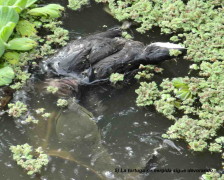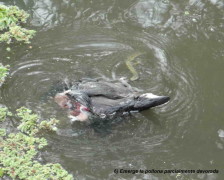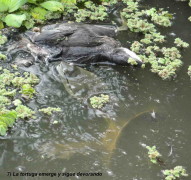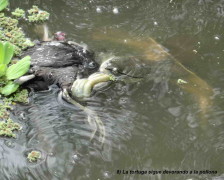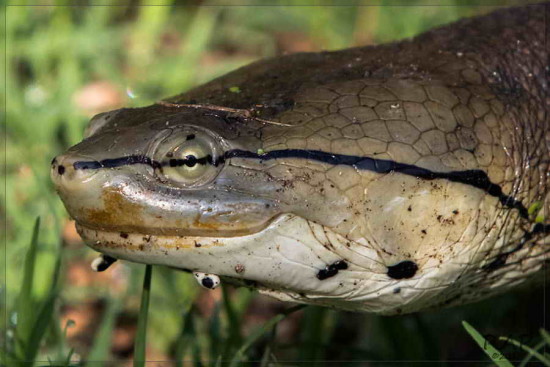 © RAP © RAP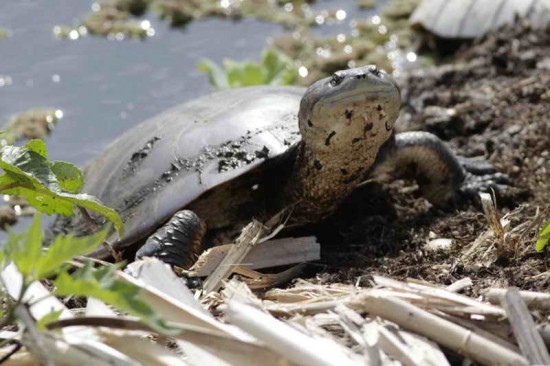 © J. Simón Tagtachian © J. Simón Tagtachian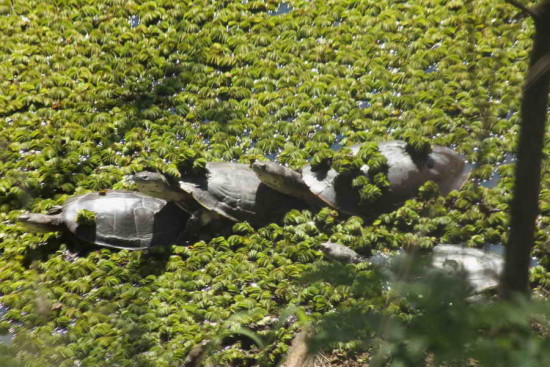 © Marcelo Leanes © Marcelo Leanes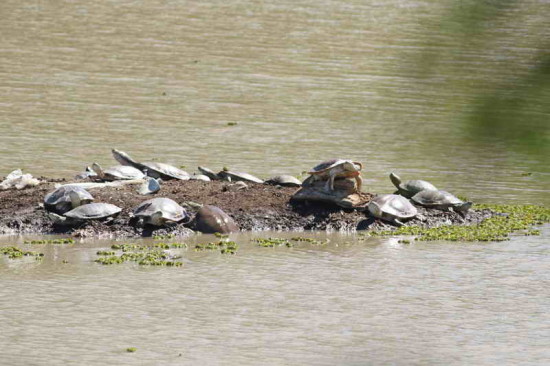 © J. Simón Tagtachian © J. Simón Tagtachian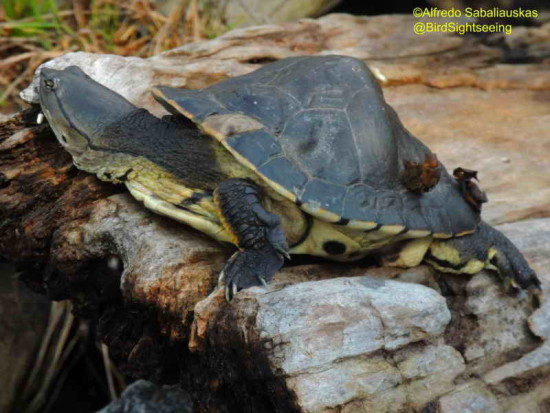 © Alfredo Sabaliauskas © Alfredo Sabaliauskas |
|
Digging to lay eggs on the Middle Path
2-2010© Roberto Ares The female looks for a place near the water and deprived of vegetation where sunrays can provide heat for incubation. That is why they usually choose the edges of the paths. When the turtles are born they go directly to water for protection and food. |


